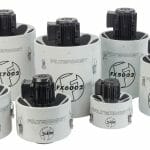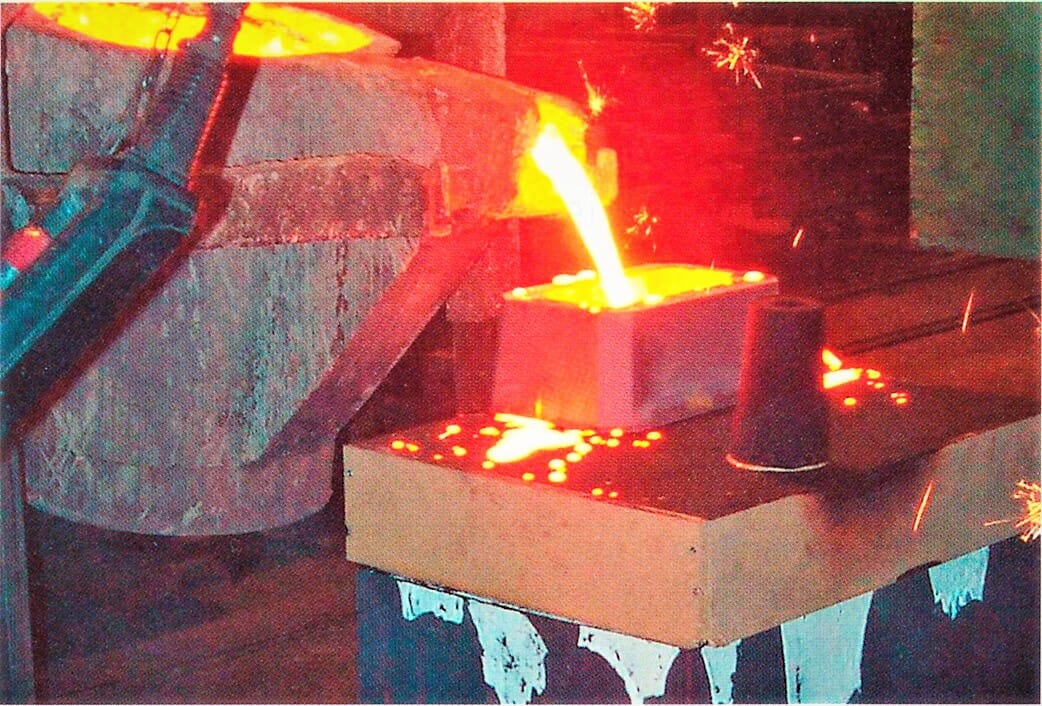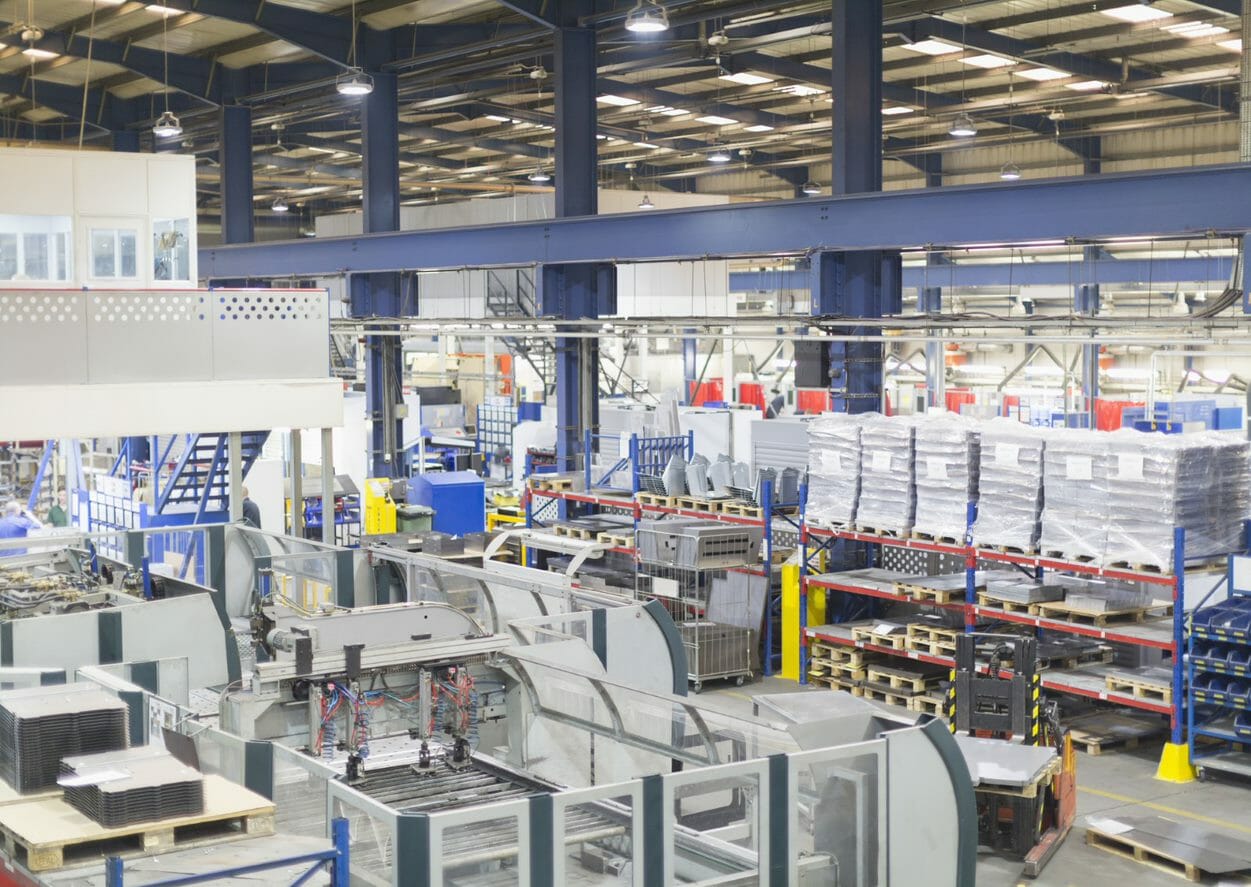Quad laminates in collections of 0, ±45, 90 plies are more than 60 years old, and can be replaced by double-double (DD) in [±F/±Y] that are field-based with 4-ply thick building blocks, that can be repeated to become homognized laminates that are naturally symmetric, can be anisotropic in both in-plane and flexure, with ply drops in singles, positioned on the exterior surfaces so there are no defects in the laminate interior, and thinner laminates for lightly loaded areas that can save 50 percent weight, and greater cost savings.
A simple card sliding technique was applied in the tapered stringer seen in Figure 1 by Erik Kappel, of DLR at Braunschweig. Weight savings of 41 percent with tapered feet and toes for strong bond to any base panel. Being a homogenized DD, no void and warppage were found. Similar application to a fuel tank shown in Figure 2 that also saved 38-40 percent weight.

The technology of DD is more rational, and the needed skills and knowledge can be acquired at the online Composites Design Workshop XXII, January 24-28, 2022. Visit: [email protected] for information and registration. Fee for full time graduate students is waived. New topics include a new e-book, 3D trace, master charts for buckling, more tapered components fabrication and test data, and unexpected features (negative Poisson’s ratio, and zero strain) from anisotropy over orthotropy.
All made possible by DD laminates, which are as conceptionally simple as metals, but superior in their mastery over directional properties and to use tapering to reduce weight to less than 1/2 of aluminum. No more same old, same old, and famliar party lines: no need for mid-plane symmetry, balanced laminates, 10 percent rule, ply contiguity, 45 degree max angle differene, blending, many archaic philosophies and self-inflicted complexities.
Our approach is based on innovations by practicing engineers, based on first principles in their books and journal publications, and supported by design tools, manufacturing technology and test data. There is only one material constant (trace) for laminate stiffness, not 4, 6, or 18; one laminate isotropic failure criterion with no need for ply-by-ply; one-axis layup for multiaxial with no cross plying; one DD for entire component, not dozens of elements; and fully automatable processes with no internal discontinuities from exterior ply drops, and zero warping from homogenization. All sessions are recorded.
For more information: ask [email protected].








